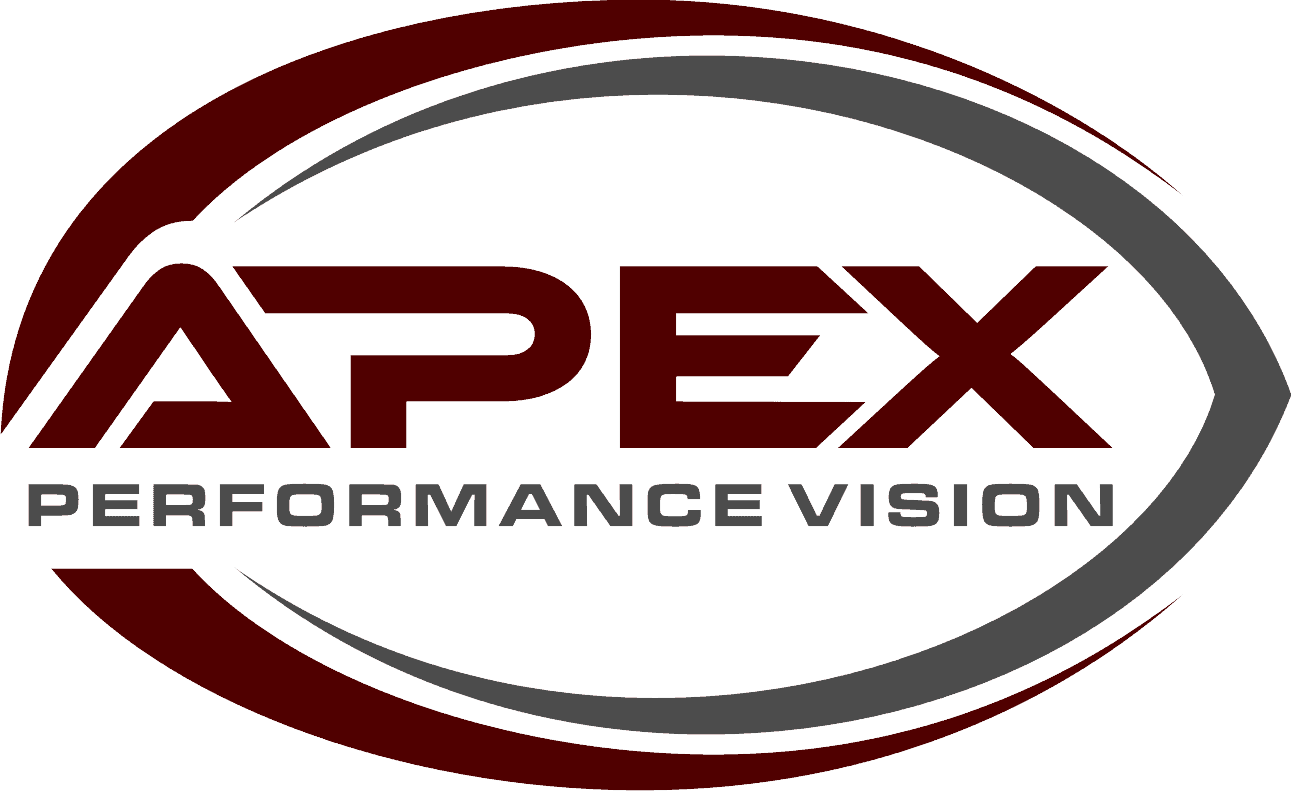Our team will reach out to discuss how we can alleviate your symptoms and help you reach your full potential.
Focusing Disorders
You can have a focusing disorder and still be able to read the 20/20 lines at distance and near. Focusing refers to how quickly and effortlessly you can switch your focus between distance and near and how comfortably you can perform visually intensive near tasks, like reading, over extended periods of time. If you eyes become tired or strained after prolonged near work, you may have a focusing disorder.

Focusing Disorders
Great Comfort and Vision at ALL Distances
Efficient academic and athletic performance depends on the ability to focus the eyes rapidly and automatically, regardless of the working distance. The process of focusing the lens within the eye is known as accommodation. Activities such as reading and writing require the ability to sustain and maintain prolonged accommodation at near. Copying from one place to another requires a change in accommodative function that is rapid and efficient. Visual focus is also intimately related to the ability to sustain visual attention.

Slow Focusing

In and Out of Focus

In and Out of Focus
The main accommodative dysfunctions are: accommodative insufficiency, accommodative spasm, accommodative infacility, and vergence interference with the accommodative system.
- Accommodative insufficiency is a condition where the patient has difficulty engaging their focusing system which causes either blur or discomfort when viewing near objects through their distance prescription.
- Accommodative spasm occurs when the focusing system inappropriately overfocuses in front of a target and does not allow the focusing system to relax. It commonly is associated with convergence insufficiency.
- Accommodative infacility occurs when the accommodative (focusing) system is slow in making a change. They cannot easily switch from a focused to relaxed posture. A person with accommodative infacility will experience a lag in focus when they try to shift their focus from distance to near and vice versa.
- Vergence Interference with Accommodative System is where people can focus with each eye individually, but not with their two eyes simultaneously because of interference from the vergence system. These people give up clarity in order to align their eyes properly. This means that, as reading fatigues their eyes, the text will begin to blur.
Blur at near
Discomfort, eyestrain, or fatigue at near
Headaches
A lag in focus when switching gaze from distance to near objects or vice versa
Slow reading
Avoiding near tasks
Poor reading comprehension
Improved comfort at near when taking off distance glasses
Treatment depends on the patient’s goal.
- Symptoms can be reduced with optical correction, but this will not address the underlying cause of the condition. Optical correction options include an anti-fatigue (pre-bifocal) lens in mild cases, a lined or no-line bifocal in moderate to severe cases, or separate pairs of glasses for distance and near.
- These conditions can be cured with vision therapy. Vision therapy causes the brain to develop new connections and improves its ability to coordinate the eyes and control their ability to engage and relax focus at will. Vision therapy can be used in both mild and severe cases.
